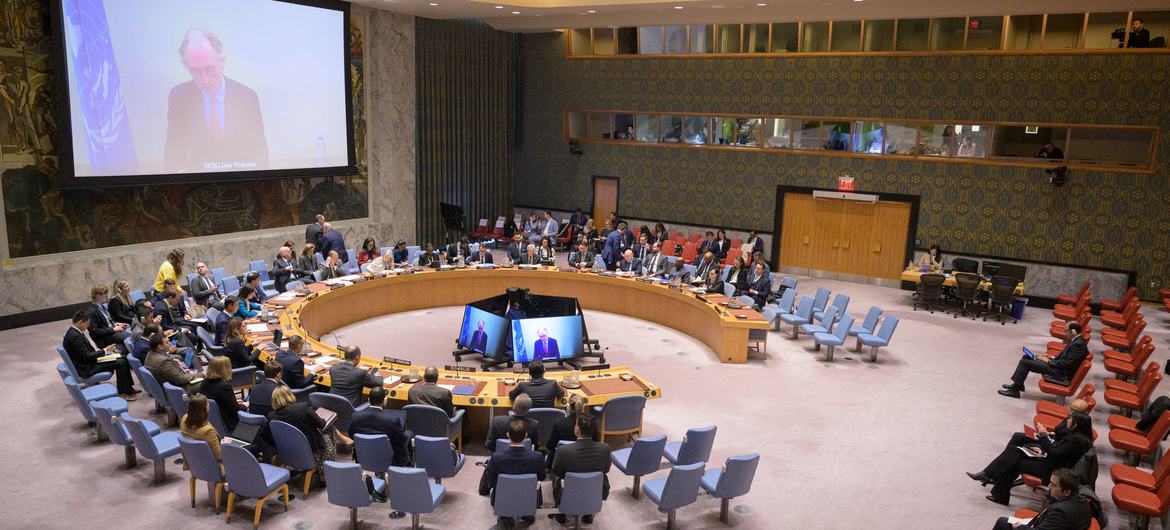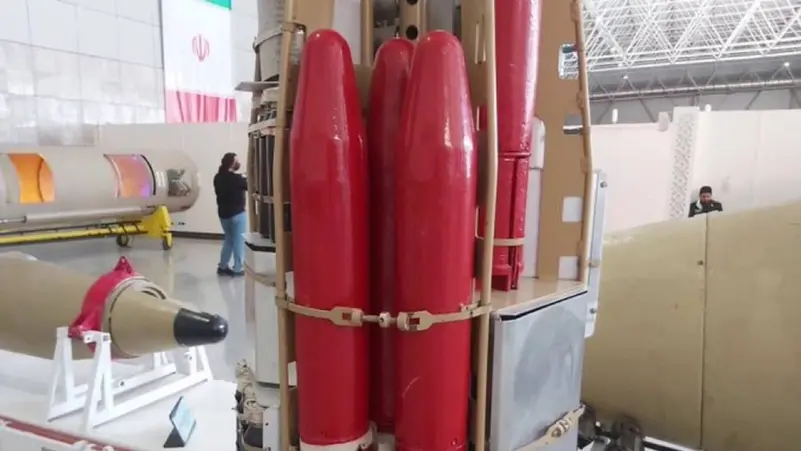
– Asian Affairs – Specia
During the recent rounds of escalation between Iran and Israel, Tehran revealed part of its advanced missile arsenal, using some types of missiles in Operation True Promise, while others remain highly potent despite not being operational . Below is a review of the most prominent missiles in use, and those still awaiting their turn in a potential conflict.
First: The missiles used in the recent operations
Fattah 1
It is considered one of the first Iranian hypersonic missiles to be revealed . The Iranian Revolutionary Guard used this missile in Operation True Promise 3. It is characterized by its high speed, but it is less maneuverable than the newer generation (Fateh 2).
It flies at supersonic speeds within the atmosphere, making it difficult to intercept, although its accuracy and ability to change course are relatively limited.
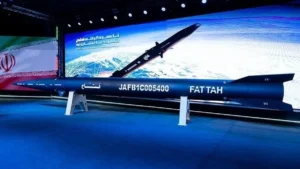
Sejil
It is a pillar of Iran’s missile force, a solid-fuel ballistic missile classified as a medium- to long-range missile.
It is characterized by its rapid launch and mobility thanks to the use of solid fuel, and its range has reached between 2,000 and 2,500 kilometers.
Used in “True Promise 12,” it is believed to be intended to strike major strategic targets in Israel or US bases in the region.
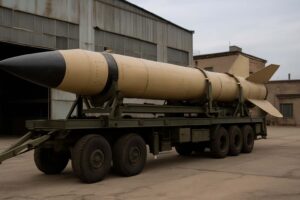
Kheibar Shekan
A third-generation solid-fuel missile with a range of approximately 1,450 kilometers , this missile features advanced guidance technology via a satellite navigation system, increasing its accuracy and maneuverability within the atmosphere.
According to reports, it was used in Operations “True Promise 1” and “True Promise 2,” targeting military sites inside Israel.
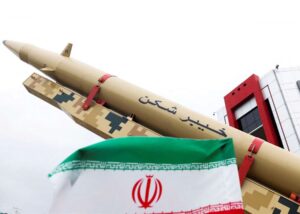
Second: Iranian strategic missiles that have not yet been used
Khorramshahr
It is considered one of the most dangerous Iranian strategic missiles, with a range of approximately 2,000 km and the ability to carry warheads weighing more than 1,500 kg.
What distinguishes it is its high speed and ability to change course to evade air defenses. It is believed to be equipped with advanced stealth and radar-evasion technologies, making it one of the most significant unused deterrents yet.

Fattah 2
The latest version of the Fateh series, a hypersonic missile with high maneuverability within the atmosphere, reaching speeds of Mach 13 (13 times the speed of sound).
It has a range of 1,400 km and is classified as a missile that is difficult to intercept, even by advanced defense systems such as Arrow and Patriot.
Its use has not yet been confirmed, suggesting it is reserved for extreme scenarios.

Qasem
Named after former Quds Force commander Qassem Soleimani , it has a range of over 1,400 km and is powered by solid fuel, allowing for rapid preparation and launch.
Although some sources classify it as a short- to medium-range missile (between 200 and 250 km), newer versions may be capable of achieving a longer range.
It is used for targeted tactical strikes, but lacks advanced guidance systems, which reduces its accuracy compared to more advanced missiles.
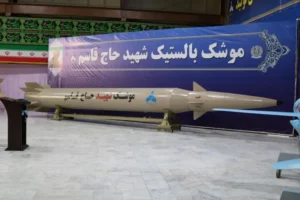
Zolfaghar
A medium-range surface-to-surface missile with a range of 700 to 1,000 kilometers. Its advanced guidance capabilities make it effective against naval targets, making it a potential candidate for use should the war escalate into a direct clash with US forces in the Gulf . It can be launched quickly and is considered a flexible weapon for amphibious and land battles.
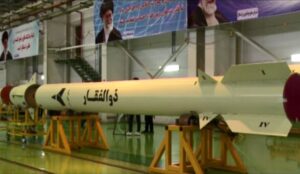
Cruise missiles: ” Soumar ” and ” Ya Ali ”
These missiles represent an advanced step in Iran’s program to develop long-range cruise missiles , with ranges ranging from 700 to 2,500 km, depending on the model. They are characterized by their ability to fly at low altitudes to evade detection and radar.
They have not yet been used in direct combat, but they are likely to target infrastructure or command and control centers in the event of a full-scale confrontation.

Raad
Despite its relatively limited range (500 km), the Raad missile is lightweight, quick to launch, and uses solid fuel.
It is believed to be intended for striking close or tactical targets, and can be used in rapid waves of concentrated attacks.

Iran’s missile arsenal combines long-range strategic missiles with tactical missiles designed to strike precise or surprise targets.
Although Tehran has recently used a number of these weapons, a number of other missiles with destructive capabilities and advanced technology remain inactive, indicating that it retains additional escalation options should the confrontation escalate.






